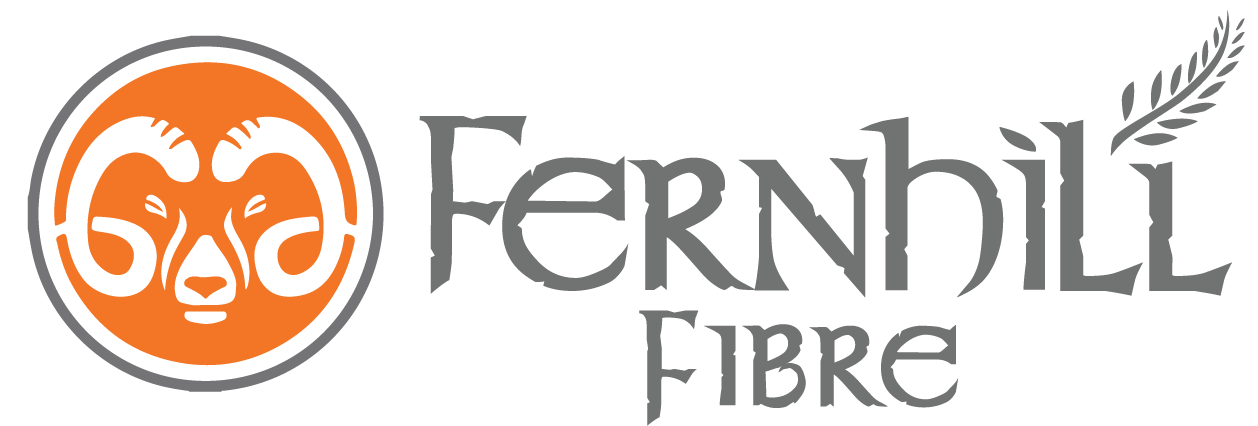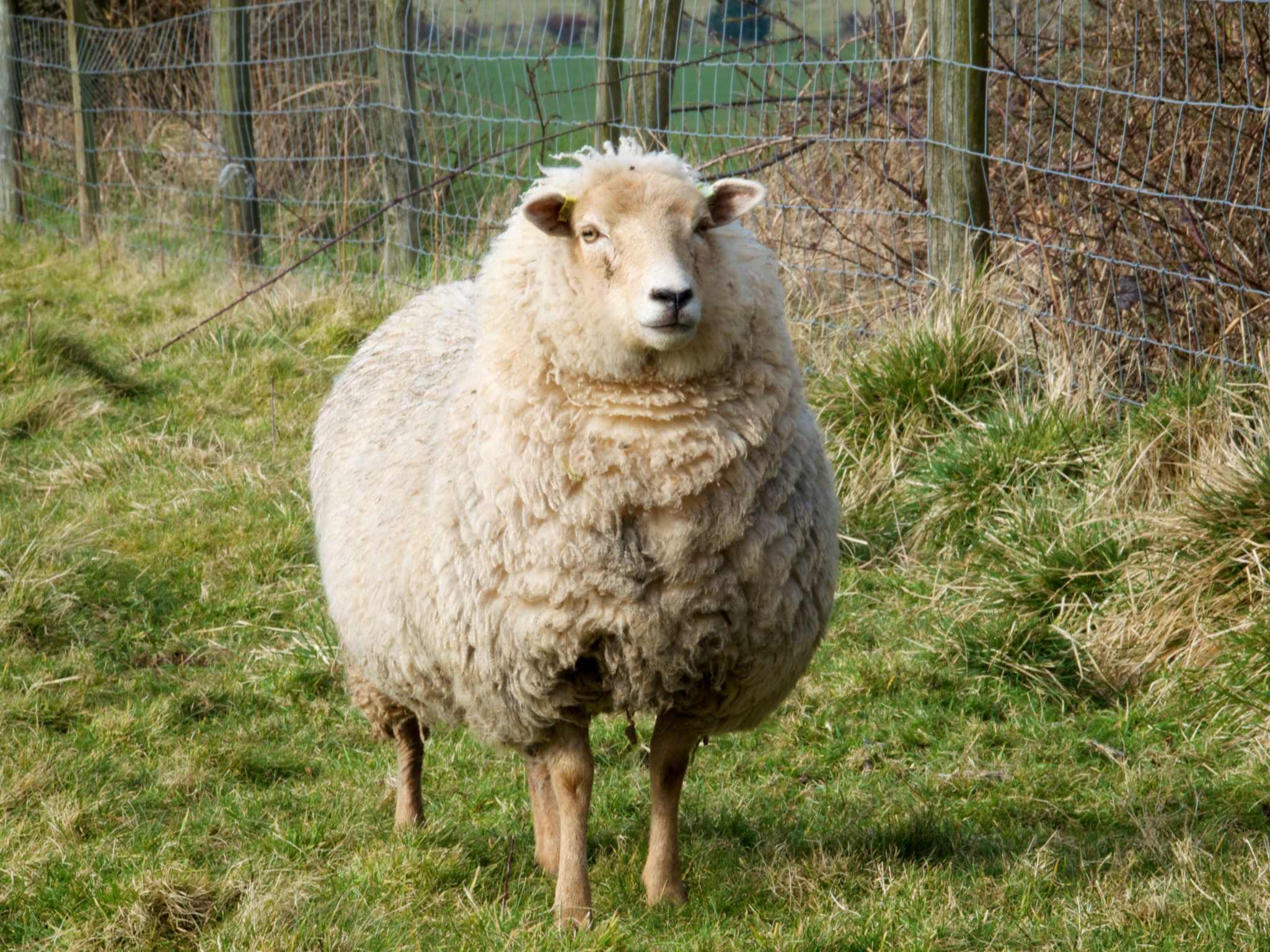Certified Regenerative by A Greener World 2021
Happy we have some positive news to share as this is us here @ Fernhill Farm - An Arcadian Place to Stay
Working to become Certified Regenerative as we all plan, plot, plod and count the cow pats day in day out, doing what we do best ... livestock on our land, wool fibre harvesting in the shearing shed, producing meat for our plates, all the while leaving more behind than we take away, providing precious life ingredients as we used to know it.
Super exciting to offer certification for our meat and fibres soon - plodding along daily we are delighted to become a pilot farm with @agreenerworldorg for their new label #certifiedregenerativebyagw for both @fernhillfarm1 @fernhillfibre
The science behind our animal management is the ‘weight of hooves in our flock and herd determines the length of time these hooves interacts with land based on its seasonal forage availability and biological demands for breeding’ - feeling this annual hoof interaction we feed life back into land to enable everything else to join in with its rich diversity that is our natural world - to give, we all have to receive and soil needs protection as the skin of the earth, forage acts as it’s protective cloth.
Following the recent announcement of its newest label, Certified Regenerative by A Greener World (AGW), the non-profit farm certifier has selected over 50 farms to join the programme’s pilot phase. Building on AGW’s successful family of leading labels, the new certification will provide a whole-farm assurance of sustainability, measuring benefits for soil, water, air, biodiversity, infrastructure, animal welfare and social responsibility.
Key features of the programme include transparent, rigorous standards; high animal welfare; a holistic, farmer-led approach; early and broad access to regenerative markets; and a pragmatic, science-based approach. The certification also streamlines auditing and certification of a wide range of practices, helping farms to make multiple meaningful claims through a single audit. With one visit farmers can demonstrate grass-fed, non-GMO, humane, just, water-friendly, environmentally sustainable practices—free of routine antibiotics and toxic chemicals.
The core feature of Certified Regenerative by AGW is a five-year Regenerative Plan developed in partnership with the farmer, whereby farmers and experts assess risk, set goals and track progress toward meaningful milestones. Experienced agricultural advisors at the UK’s Farming & Wildlife Advisory Group (FWAG) will also be providing training and support in the development of Regenerative Plans. The role of A Greener World is to assess farms’ compliance with their own plan. Currently most regenerative claims are not verified at all, and the few verified labels are either limited in scope or require Organic certification as a prerequisite, excluding the vast majority of farmland and hardwiring practices which are inherently not regenerative.
Pilot farms were selected based on a variety of factors including agricultural experience, regenerative principles, market or educational impact and geographical diversity. Farms span four continents and over ten species, with products ranging from grass-fed lamb to herbs and vegetables. Pilot farms in Australia, Namibia, South Africa, the UK, Canada and the U.S. will partner with A Greener World over the coming year to evaluate standards, plans and auditing procedures. This allows the programme to be trailed and assessed in a range of environments, climates and socioeconomic parameters to ensure meaningful outcomes are achieved, with refinements made as needed. A Greener World expects to announce its first fully Certified Regenerative by AGW farms and products in 2021.
A Greener World UK/Europe Executive Director Wayne Copp says,
“The term ‘regenerative’ is already being thrown around like ‘sustainable’ was a decade ago, and is being used to ‘greenwash’ products or make them seem more environmentally sustainable than they are. Our new Certified Regenerative by AGW programme seeks to protect farmers and consumers by establishing clear standards and a label that farmers and consumers can trust to deliver a genuinely positive outcome: on the farm, at the table, and for the planet.
The interest in our Certified Regenerative by AGW programme has been overwhelming—and the excellent applications made for a difficult selection process, but we are thrilled with the results. The innovative farms participating in this pilot are helping to deliver a certification that both farmers and consumers can trust to deliver a genuinely positive outcome: on the farm, at the table, and for the planet. We know that truly regenerative farming requires accountability to each other and to all of the communities to which we belong—whether they be plant, animal, human, or the environment we all share. We have been humbled by the groundswell of interest from farmers and eaters alike and look forward to sharing our collective journey.”
Benefits of Blade Shearing
Shearing is a huge event in the calendar for any sheep farmer, and it’s no different here at Fernhill Farm. We’re looking forward to our Spring Shearing Tournament, and wanted to share a little more about the process. We’ve postponed the beginning of our spring shearing because of the current very low temperatures – the sheep need their wool to protect them from the Beast from the East!
Why is shearing necessary?
Primitive breeds of sheep shed their fleece naturally, but as humans have selected for quality wool production, most sheep now keep growing their wool until it is removed. Shearing is necessary – usually once a year or more frequently – for the wellbeing of the sheep. Removing much of the wool by shearing prevents sheep from overheating and losing mobility, as overgrown fleeces are thick and cumbersome. Excessively long fleece gets dirty, wet and warm, which can lead to flystrike – a very unpleasant infestation that is worth every effort to prevent.
As well as the advantages for the sheep, shearing is of course how we harvest all that lovely wool! Even for breeds that shed their wool, it’s easier to collect all at once it in the shearing sheds rather than running around after it in the fields!
There’s no denying that shearing can be a stressful process for both sheep and farmer. But the timing and the method we choose to shear have been carefully considered, not only to reduce any negative impact of shearing on the sheep, but to improve the welfare of the animals and their young. It’s an added bonus that the practices we use also benefit the quality of the wool we produce!
What are the benefits of blade shearing?
Over many years, electric clippers have increased in popularity as they allow rapid shearing and are easier on the hands than traditional blade shears. However, they remove much more of the fleece, which leaves sheep very exposed. Mechanical shears also generate a lot of heat, which can strip protective lanolin out of the little fleece that’s left on the sheep. Blade shears leave a comfortable layer of wool on the sheep, rich in lanolin. This helps protect them from the elements – both the cold and the sun – especially at important times, such as lambing.
Blade shearing is a quieter process that gives more control to the shearer. While it takes a little longer, this extra care is beneficial for the animals and the quality of the fleece that is removed.
Why shear twice a year?
We blade shear twice a year because we have the Romney and Teeswater (long wool) breeds and this process allows us the flexibility to select which sheep are shorn at what time.
In the Spring we shear just after the natural ‘break’ in the fibre, when the new year’s growth begins to come through. For some sheep this is when the fleece will shed naturally, and for others there is a noticeable ‘rise’ – a weak point where the wool is susceptible to breaking.
For ewes, shearing before lambing allows us to gather the fleece before it declines in quality as resources go to producing milk. They then lamb outside, clean-fleeced and ready to ‘drop and run’ in a natural, healthier environment. If ewes need to be brought inside for lambing they are much less likely to overheat if they don’t have a full coat of wool on – pregnancy acts as a radiator inside their bodies!
Pre-lamb shearing also reduces the stress associated with summer shearing when ewes and lambs traditionally have been separated, and the ewes maternal instincts are reinforced when they seek shelter with their young.
Lambs are shorn in Autumn, which gives an abundant crop of beautiful fine, soft wool. Shearing them before winter encourages them to graze the lush summer growth in the pastures, improving their daily live-weight gains. Shorter fleeces can also shake off excessive water so that long wool coats are not dragging around winter mud. Wool can absorb twice its own weight in water and the Romney long wools have been genetically selected by the Kiwis to have their fleece removed every 8 months.
All sheep will be shorn every eight to twelve months, depending on its purpose in the flocks. This then predetermines the fleece’s suitability for processing into wool products. Thus we can ensure that we get the best crop of fibre and that the welfare of the sheep is always taken into account.
Fancy learning to shear?
Blade shearing is a rare and valuable skill, and Andy Wear, master shearer of Fernhill Farm, is keen to pass on skills to others. We run workshops on the farm allowing people to come and learn. We’ve included a video below to show what’s involved, and gift vouchers are available on our online shop. If you’re interested but not quite ready to give it a go yourself, come along to our shearing tournament on Saturday 24th March!










In this episode, we sit down with Jen Hunter and Andy Wear of Fernhill Farm and Fernhill Fibre, recognized as the 2022 Sheep Farmers of the Year by Farmers Weekly.
With decades of shepherding under their belts, Jen and Andy share how they’ve designed every aspect of the farm—from grazing to wool to community engagement—around long-term land health and viability. It’s a story of trial, adaptation, and staying accountable to both the land and the people who depend on it.
Listen to Episode 10
Listen on Spotify | Listen on Apple Podcasts | Watch on YouTube
In this episode, we explore:
How they've transformed their hilltop farm into a thriving cultural and ecological hub,
Cross-breeding 6 types of sheep to produce premium wool via their "British Six",
Hosting an on-farm event with 20,000 attendees after just 3 years of farming,
Peering inside the mind of a shepherd,
Natural building materials,
How EOV data informs their management,
...and more!
Listen Now
Listen on Spotify | Listen on Apple Podcasts | Watch on YouTube